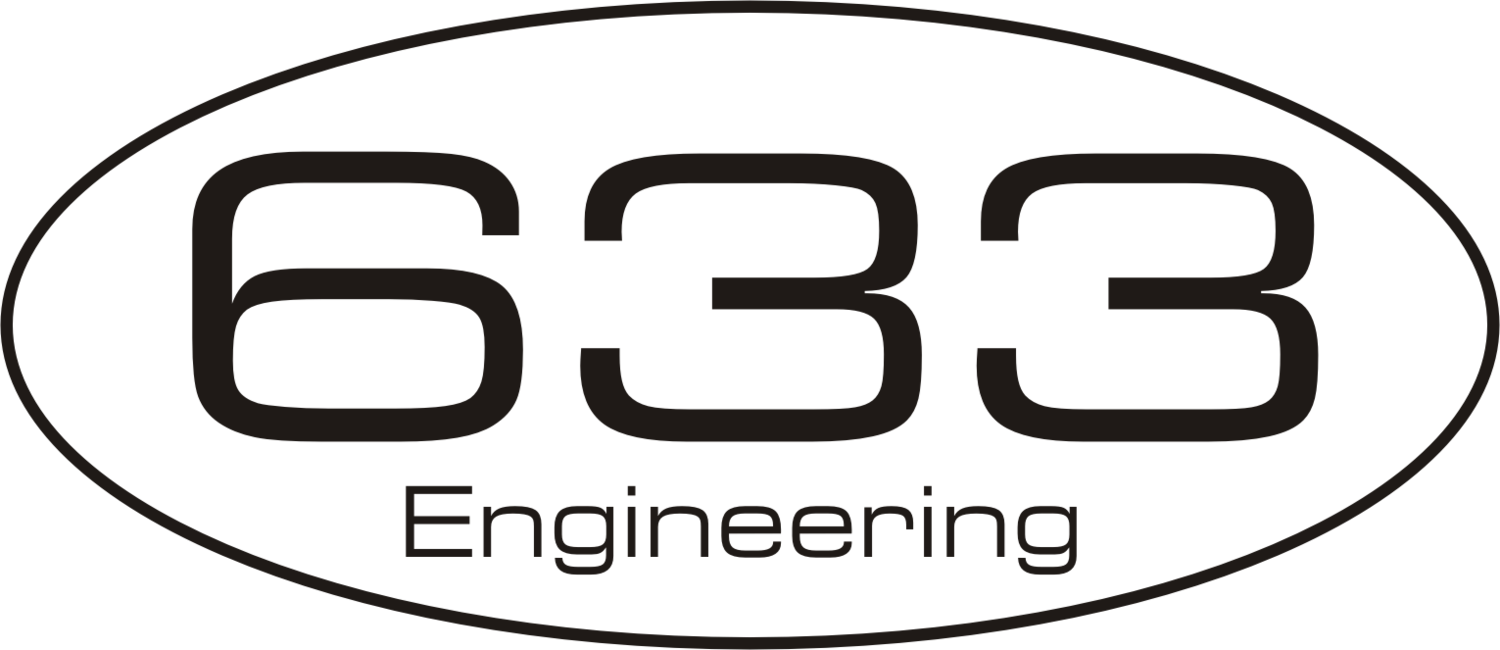Tone & Technology
TONE - is a difficult thing to describe. It comes in many forms and means so many different things to each person. It can mean one thing to a player and another to the listener. The player has a connection with the system that is the pick, strings, guitar, pedals, amplifier, speaker and room that the listener doesn't. To the listener the tone is only what he or she hears, which quite often translates as great playing and not necessarily great equipment. To the player however the tone is everything they experience as the process of playing and hearing forms a feedback loop, and a big part of that experience is the amplifier.
Unlike guitars, amplifiers don't really improve/mellow/warm with age. Vintage amps can be temperamental, unreliable and downright dangerous. What they generally offer though is a simplicity of electronic design coupled with a method of construction that allowed maintenance and modification to be performed relatively easily. Many popular amps made right up to the early 80's were constructed using tag and turret boards or, if they used a PCB, the pots, switches and sockets were still mounted on the chassis and connected with the good old fashioned mechanical isolator that is wire. When mass production got hold of guitar amps things took a turn for the worse. In a bid to reduce costs designers were encouraged to put as many components as possible, including the pots, switches and sockets onto a single PCB so they could all be soldered in one hit on the wave solder machine. This led to a plague of unreliable amplifiers hitting the market, many of which I got to repair in my days as a tech in Denmark Street. It was a great opportunity for me though to see what did and didn't survive the rigours of the road.
The PCB method of construction also opened up a lot of possibilities for the designers of these amps. The use of printed circuit boards meant that lots more circuitry could be easily and cheaply integrated into the product. Solid state distortion, built in effects, various types of FX loops and copious amounts of channels switching could all help the manufacturer of the amp to beat the competition. This craze has kept on and now it's possible to buy amplifiers with four or more channels each with two or three modes, plus FX, loops. midi switching etc, etc. Many of these amps describe themselves as valve or tube amplifiers when in many cases the contribution that the valves make to the tone is minimal.
Recently there has been a revival in the popularity of vintage amplifiers with many top players being seen on stage with a host of of old Fenders and Marshalls. And of course the boutique amp market is all about hand wired replicas of amps from the 50's and 60's sometimes with a twist here and there and on other occasions a perfect clone of the original. Do these amps sound better? Of course it depends on your taste. The simplicity of these early designs certainly has an attraction; the idea that your guitar signal has minimal pollution from circuitry and the shortest path possible to the loudspeaker. Single channel amplifiers without the complications of circuitry to provide noiseless channel switching and FX loop buffering and MIDI controllability. But is our judgement clouded by our belief that 'old stuff' is better? It's a tangible concept with a guitar but it is difficult to believe that an amplifier will improve with age. From a technical perspective things can only deteriorate. And there is no reason why an amp built today couldn't perform in the way that one built in the 50's does (and did when it was new).
The fact is that many seasoned players move towards either vintage or boutique amplifiers as they 'mature' in their playing. In my experience it is a result of 'finding' oneself musically. It's the point when your sound, your tone and your music stop being defined by just your gear and become more about you as a player and your approach to melody and musical structure. It's when you choose an instrument - a guitar and an amplifier - that allow you to connect in the most direct and intimate way to your musical ideas. When we hear players with great TONE , that's what we're hearing.

